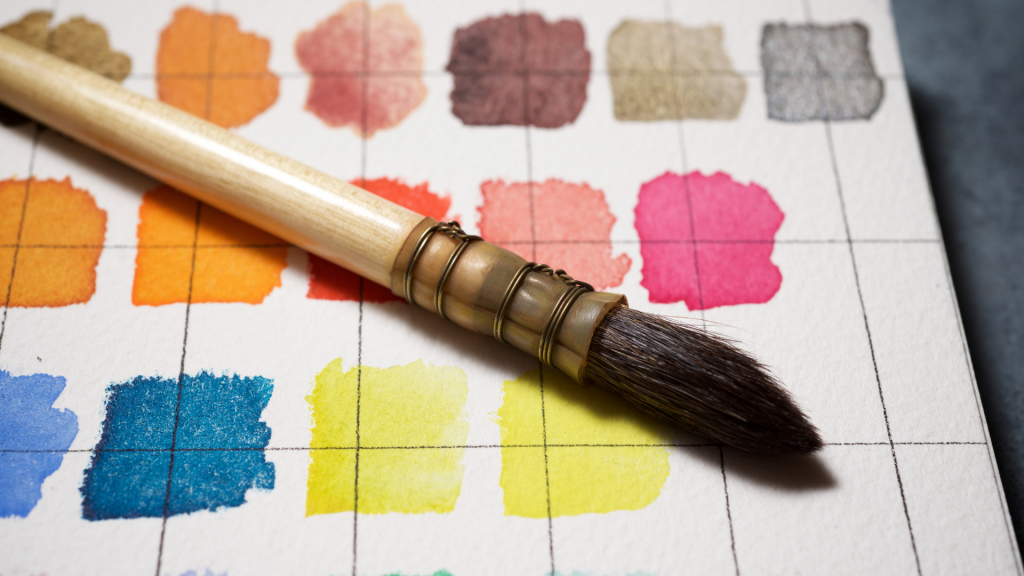 Watercolor painting is an incredibly popular hobby, and for a good reason. Not only is it one of the very few ways to create a tangible work of art without having to go by drawing, but it’s also a great pastime to spend time with friends and family. The trick is finding the right medium. This article will give you some ideas on what to look for in a watercolor painting medium.
Watercolor painting is an incredibly popular hobby, and for a good reason. Not only is it one of the very few ways to create a tangible work of art without having to go by drawing, but it’s also a great pastime to spend time with friends and family. The trick is finding the right medium. This article will give you some ideas on what to look for in a watercolor painting medium.
Watercolor is a medium that is loved by artists for its versatility, but it can seem like a daunting task to choose just one medium. You can paint with watercolors in a variety of ways, from basic wash-over-color to more complex techniques like glazing and stamping.
Have The Right Materials
Watercolor painting is more than just a fun hobby; it’s an art form that requires a great deal of patience and knowledge to execute successfully. If you are a beginner in this field, you may be overwhelmed with the number of watercolor mediums available. Watercolors do not dry, so they cannot be stored unchanged. They must be mixed with an appropriate amount of water to achieve the effect you want. This is because watercolor mediums are liquid that you add to the water to change the color, texture, or thickness. To start, you need to make sure that you have the proper materials such as paper, brush, and watercolor.
Start From Light To Dark
Watercolor has long been one of the most versatile media in the art world, whether for portraits, landscapes. Still lifes, lives, or wildlife. You might think that once you start working with watercolor mediums, you’ll never need to work in miniature again. But the truth is that there’s a whole range of different mediums, many of which can be used to create different effects. You can use different ones in one painting or mix them to create different colors, textures, and effects.
Learn How Much Water And Pigment To Mix
One of the most important skills to have as an artist or a creative person is to be able to watercolor. Watercolor has the ability to imbue objects with color, texture, and vitality that can bring them to life. Without hearing with the brush of a paintbrush, watercolor can make an object come alive. To do this, one needs the “right” watercolor medium and the proper brush to reach the right consistency of water and paint.
Wet On Dry and Dry On Wet Techniques
We all appreciate the beauty of watercolor, but it requires a special approach to get the most out of such a delicate medium. Sometimes it seems like the only way to get the effect you desire is to paint the same color over and over again until you get the correct tone. The truth is, many watercolorists have discovered a technique that can be used to achieve the desired effect without painting the same colors over and over again.
Mixing Paints
Paint mixing is not something I usually get all that excited about, but I needed to learn how to use different mediums when I started painting. Eventually, I decided to mix my own colors, which became a habit that stuck for many years. I’ve found the same goes for all sorts of things—writing an article, making food, or even creating a watercolor painting—you’re not going to be happy with the results unless you do it yourself.
Other Essentials
If you are looking to get into watercolor, or even just to take your current skills to the next level, then you’ll need to find the right mediums. These are the paint and mediums you would want to use to create the colors you see in your mind’s eye. There are three primary kinds of paint mediums, each of which has a different way of mixing with water. Knowing what mediums, or nature-based colorants, you want to use for your watercolor is one key step in taking your art to the next level. But to be able to do it, you need also to have other materials like a paper towel, palette, scratch paper, masking tape, and a comfortable space to work.
Watercolor is a unique art form that requires special skills—and special materials. It is widely used for drawing and painting, but it’s also a versatile medium that can be used to create all sorts of art expressions. For example, if you are looking to create a portrait, you can easily create a portrait in watercolor, and what’s more, you can do so freehand. If you’re looking to paint a landscape, you can easily paint a landscape in watercolor by taking advantage of the various techniques and techniques.
